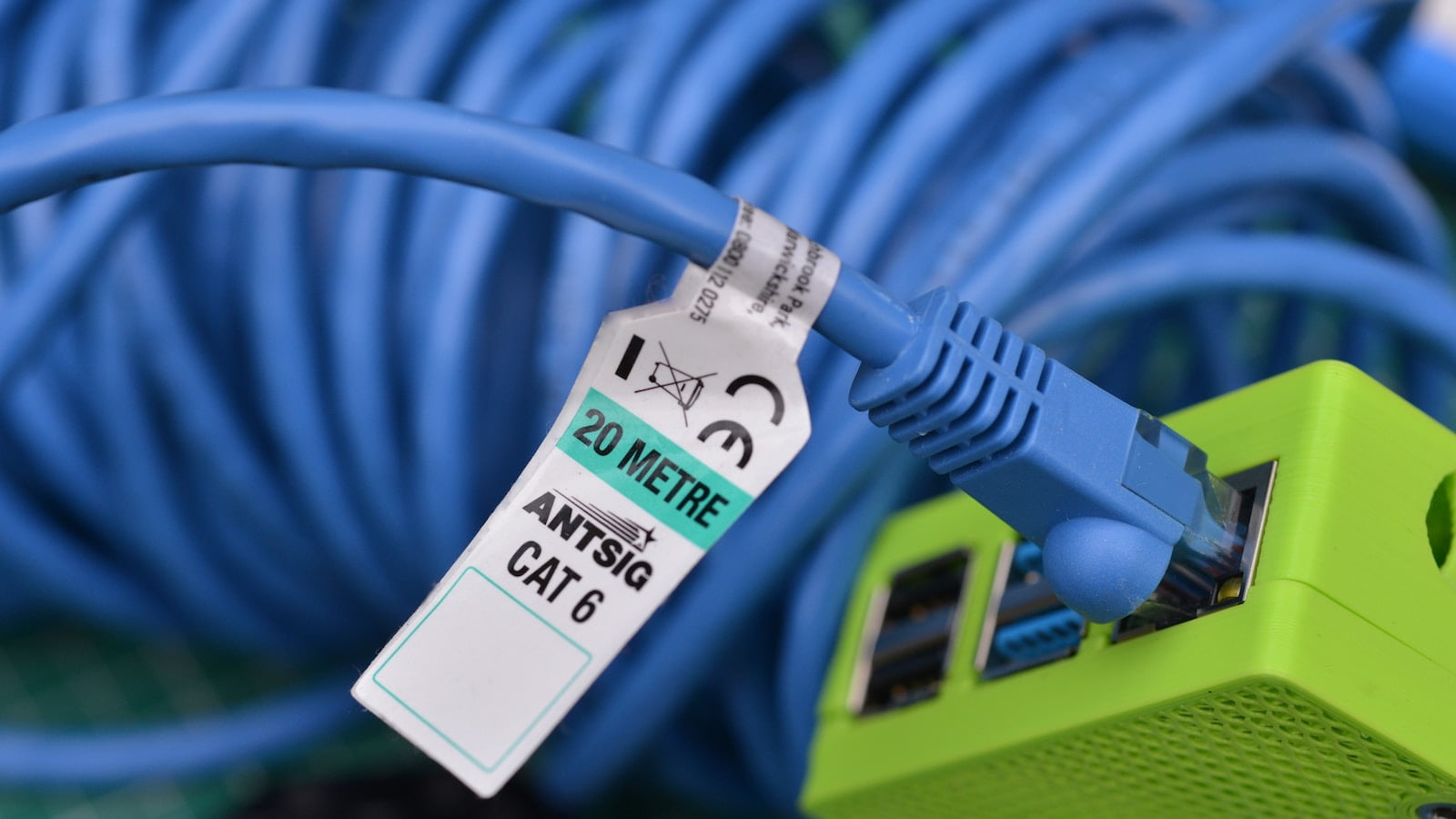
The recv-q (Receive Queue) and send-q (Send Queue) are important components in network communication that play a role in temporarily storing data. Understanding these queues and the causes of accumulation can help in addressing performance issues and optimizing network systems.
recv-q (Receive Queue)
The recv-q is a temporary storage area for data that has arrived at the server via the network but has not yet been processed by the application. It accumulates when the application is unable to process incoming data quickly enough.
send-q (Send Queue)
The send-q serves as a temporary holding area for data that the application intends to send over the network. This queue accumulates data when the application delivers data to the network stack faster than the actual network transmission rate.
Causes of Accumulation in recv-q and send-q
Application Performance Issues
Inefficiencies in processing logic, single-thread processing, high CPU usage, or insufficient memory could be potential causes of accumulation in recv-q and send-q. When the application is not able to handle incoming or outgoing data efficiently, the queues can fill up.
Network Configuration Issues
Congestion in the network, inadequate network hardware configuration, or bandwidth limitations can also lead to accumulation in recv-q and send-q. When the network is not able to handle the data flow effectively, the queues can become overwhelmed.
Solutions for Addressing These Issues
Application Optimization
To address application performance issues, it is important to improve data processing logic. This can involve implementing multithreading or asynchronous processing to enhance efficiency. Introducing distributed processing systems like message queues can also help extend processing capabilities.
System Resource Management
Monitoring CPU and memory utilization of the system is crucial in identifying resource constraints. If necessary, increasing system resources such as CPU or memory can help alleviate accumulation in the queues. Additionally, adjusting socket buffer sizes and optimizing TCP stack settings can improve network performance.
Network Infrastructure Enhancement
Reviewing and possibly upgrading network bandwidth and processing capabilities can help address network configuration issues. Implementing load balancing or traffic management strategies can also help mitigate network congestion and improve overall network performance.
Continuous Monitoring and Logging
It is important to persistently monitor network traffic and system performance. Analyzing problems using logs can provide insights into the causes of accumulation in recv-q and send-q. Utilizing performance monitoring tools can help identify system bottlenecks, allowing for appropriate measures to be taken.
Code Profiling
Conducting code profiling of the application can accurately pinpoint performance bottlenecks. By identifying areas of the code that are causing issues, developers can proceed with code optimization to improve overall application performance.
Understanding the recv-q and send-q in network communication is essential for troubleshooting and optimizing network systems. By addressing the causes of accumulation and implementing appropriate solutions, organizations can ensure smooth and efficient data transmission.
RELATED POSTS
View all
